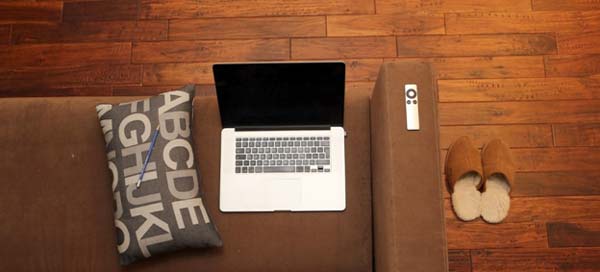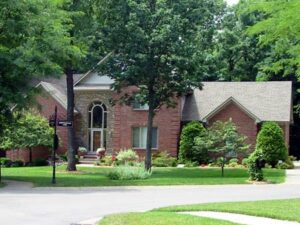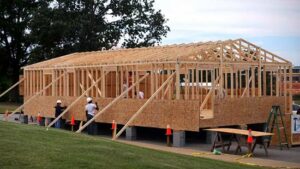You make the decision to install hardwood flooring in your home. It looks fantastic, it is durable and easier to keep clean compared to carpet. You go to your local flooring center thinking you know exactly what you want and are overwhelmed with the different choices available!

There are many factors to consider when choosing a hardwood floor for your house. Following these tips will help you get the perfect hardwood flooring for your home.
Hardwood Flooring: Appearance
If you have already started exploring your options, you have probably noticed that options for hardwood flooring are vast in number. Flooring comes in narrow strips and wider planks, and a newer option is squares and rectangles.
What type of look you desire will help choose your product. For instance, narrow strips give the impression of space, whereas wider planks give a room an old-fashioned rustic look. Hardwood flooring comes in a variety of different colors from blonde to black.
Hardwood Flooring: Durability
Types of wood that flooring is made of vary in toughness. Hardwoods such as maple and oak are popular because of their toughness. Woods such as mahogany and pine are chosen because they are aesthetically pleasing but they are not as durable in comparison.
Choose the product that is based on your lifestyle. The hardwoods are best in busy households with pets and kids because they will withstand heavy traffic, are more forgiving, and can be refinished time and time again. Softer woods are more prone to wear and scratching but are suitable for rooms with less traffic.
Hardwood Flooring: Solid vs Engineered?
When choosing a hardwood floor, there are two basic options to consider. The first is solid hardwood where the flooring is manufactured from a single piece of wood. It is thicker and as a result, can be sanded down and refinished as needed. This type of wood is nailed or stapled to a subfloor.
The other option is engineered hardwood where pieces are made of a core hardwood with veneer on the top surface. These cannot be refinished but can withstand a lot of abuse. Engineered products can be stapled or glued, but people usually assemble it as a “floating floor”, meaning it is not affixed to a subfloor.
Hardwood Flooring: Finish
The finish is important because it will protect your floor and provide it with color that will improve the overall appearance of your home. When it comes to the finish, there are two popular options. One is a pre-finish where the product is finished before it arrives on-site and just needs to be installed. Most people choose this option to reduce fumes, dust from preparation work, and waiting time before completion.
The other option is finishing the floor on-site after installation. Homeowners usually choose the on-site option when they want a specific stain color and they want to ensure the color of their new floor matches the surroundings in the room. Finishing is needed on solid hardwood floors and is usually oil or polyurethane-based whereas engineered floor is manufactured with a finish already protecting it.
Hardwood Flooring: Location
The type of hardwood flooring you need largely depends on the location where it will be installed. Solid hardwood is sensitive to temperature and humidity changes. As a result, it should not be installed in damp spaces such as basements or it will be prone to buckling and gapping which will ruin your new floor.
Engineered flooring can be installed anywhere in a home because it is not as reactive to changes in temperature and humidity, but if installed in a location prone to dampness, a vapor barrier is required to prevent moisture from reaching the floorboards which would ruin the floor over time.



